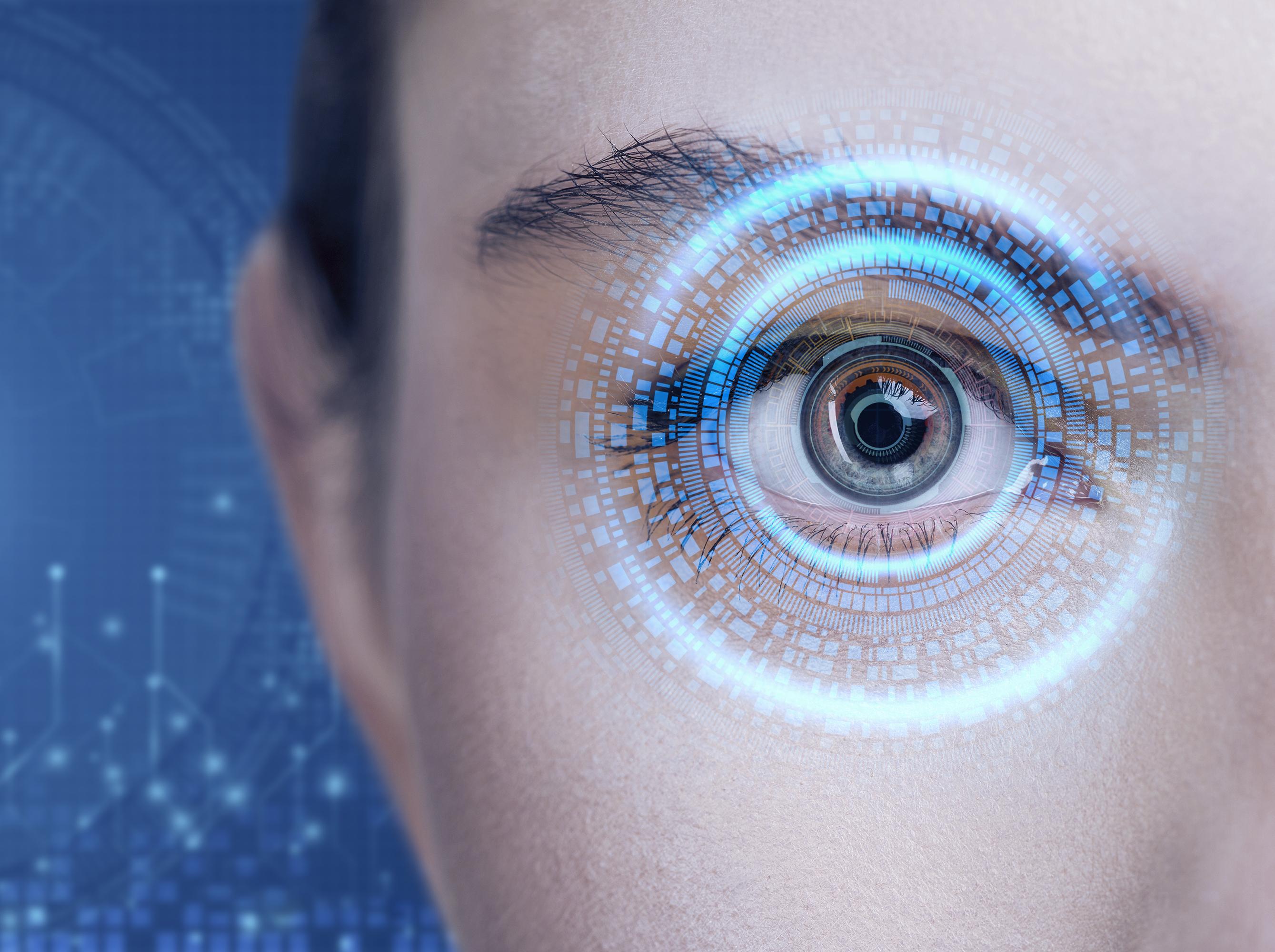Electronic Medical Record System in Ophthalmology
By – Dr. Abhishek Mandal Ph.D.
Vision Science Academy

Electronic medical record system refers to the digital form of a patient’shealthcare records.It contains a detailed history of the medical ailment of a person and can be updated in an instant and is made available to all the persons that are authorized to use the specific EMR system (DeBry, 2001). This system definitely has benefit over the paper version of the records due to a multitude of reasons. This system does not only contain the patient information and data, and also enables the healthcare providers to build a solution that is more beneficial to the patient and has a crystal-clear picture.
Efficiency of EMR System in Ophthalmology
(1) Graphical Presentation
The condition or the ailment of the patient can be represented graphically by adding it to the EMR system and in this way, better understanding and a clear concept of the disease can be traced in mind (Murphy, Ferris, & O’Donnell, 2007).
(2) Efficient Response to the Calls
The calls of the patients can be added into the system, and can be addressed in an efficient manner.
(3) Sharing and Evaluation of Information between Physicians and Office Personnel
Physicians can readily have access to the mainframe system and the medical tests of the patient or other essential information can be shared between physicians and surgeons of various sub-specialties (Rector, Nowlan, & Kay, 1991). In this manner, an efficient intervention plan can be organized in order to treat the patient effectively. Furthermore, electronic charts can also be reviewed for research purposes.
(4) Evaluation of Chronic Diseases
The EMR system allows the trending of the patient’s clinical condition and can also permit evaluation of chronic diseases like glaucoma, cataract, diabetic retinopathy etc. Additionally, it can also evaluate the degree of care provided by the technical staff (McDonald, 1997).
(5) E-Prescription
By the help of e-prescriptions, new drugs and refills can be sent to the patient’s pharmacy.
(6) Integration of Diagnostic Imaging
The diagnostic imaging tests can be integrated to the patient’s EMR and the course of various diseases like diabetic retinopathy can be assessed by comparing the previous and current diagnostic imaging reports. The reports that can be integrated include ophthalmic photography, angiography, visual field and cataract measurements.
(7) Efficient and Safe Billing
EMR system ensures an efficient and safe billing system and it is always available for the patient so that they might evaluate and counter check their billing record and can complain if needed.
Future Prospects of EMR in Ophthalmology
(1) Customization
Currently, there is no standardized method of formatting and different medical institutes use different EMR systems and this cannot improve the quality of service. So, progress has to be made to solve this problem.
(2) Privacy
Patient’s privacy and security are two main concerns when there is transition of data from one person to another. Various systems provide audit services so that the person assessing the information may be tracked, but still there is a room for improvement.
(3) NLP and EMR System
The transition to natural language processing (NLP) will improve the way the physicians and patients interact with one another with EMR systems. Consequently, it will improve the doctor’s efficiency in treating a certain ailment.
References
DeBry, P. W. (2001). Considerations for Choosing an Electronic Medical Record for an Ophthalmology Practice. Archives of Ophthalmology, 119 (4), 590-596.